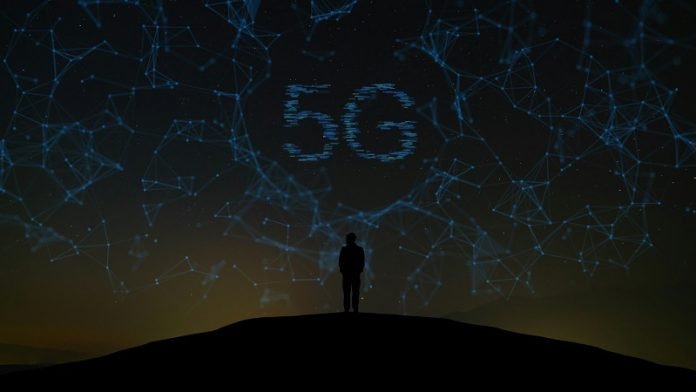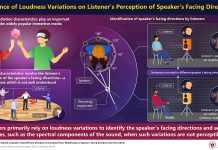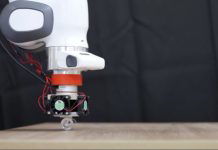
Researchers from Rice University and Brown University have made a significant breakthrough in wireless communication technology, which could be a big step toward developing the next generation of ultrafast wireless networks.
Their study, recently published in Communications Engineering, showcases the first-ever wireless data connection that can send signals around obstacles using curved beams.
This new method could make future networks much faster and more reliable.
Currently, our Wi-Fi and cellular networks use a type of signal that spreads out in all directions, similar to how a radio station broadcasts.
However, these signals operate on lower frequency bands that can carry less data.
The researchers are looking at using higher frequency waves called sub-terahertz waves, which can handle up to 100 times more data than current technologies.
This could mean much faster internet speeds for everyone in the future.
Daniel Mittleman, a professor at Brown University and a senior author of the study, explains the need for more bandwidth to increase data transmission rates.
Traditional frequency bands just don’t offer enough space to meet these demands.
Edward Knightly, another key researcher from Rice, highlighted that while current Wi-Fi signals spread out, future signals need to be more directed to carry data more efficiently.
The innovation by the team involves what are called self-accelerating beams. These are specially crafted waves that naturally curve through the air.
By manipulating the strength and frequency of these waves, the researchers managed to create a beam that travels in a curved path.
This curved beam can navigate around obstacles that might block the signal, ensuring a steady and reliable connection.
This feature is particularly important for applications like mobile augmented reality, where users need consistent high-speed data as they move around.
Hichem Guerboukha, who led the research while at Brown and now serves at the University of Missouri-Kansas City, points out that while curved beams won’t solve every problem with signal blockage, they improve the situation significantly.
The team confirmed their results through detailed simulations and practical experiments, demonstrating that these curved beams could maintain strong connections despite obstacles.
This breakthrough could lead to the development of more advanced and reliable wireless networks, supporting faster data speeds and enabling new technologies like immersive augmented reality on mobile devices.
As we move toward technologies that require more bandwidth and higher reliability, innovations like these curved beams could play a crucial role in shaping the future of wireless communication.



